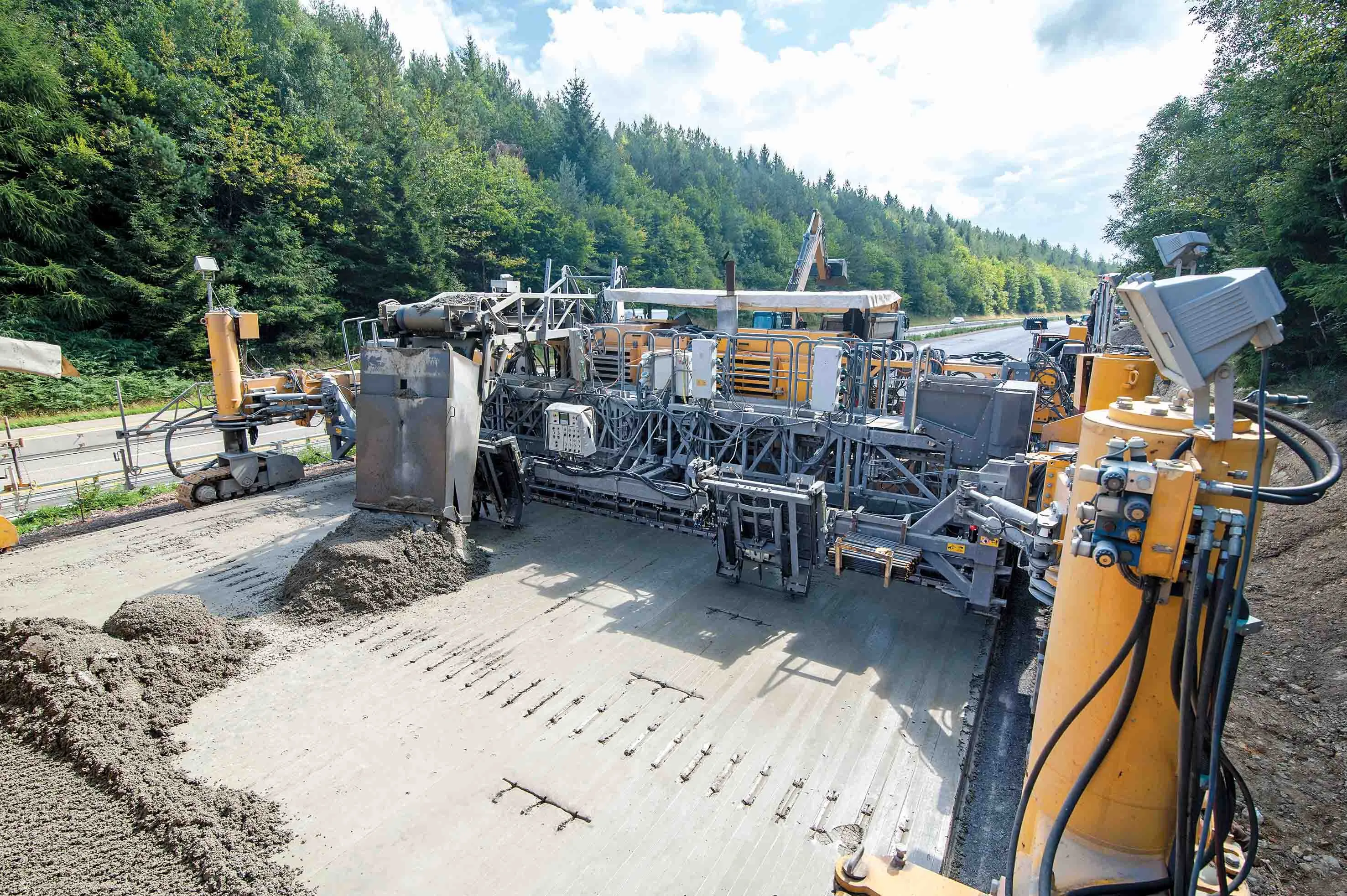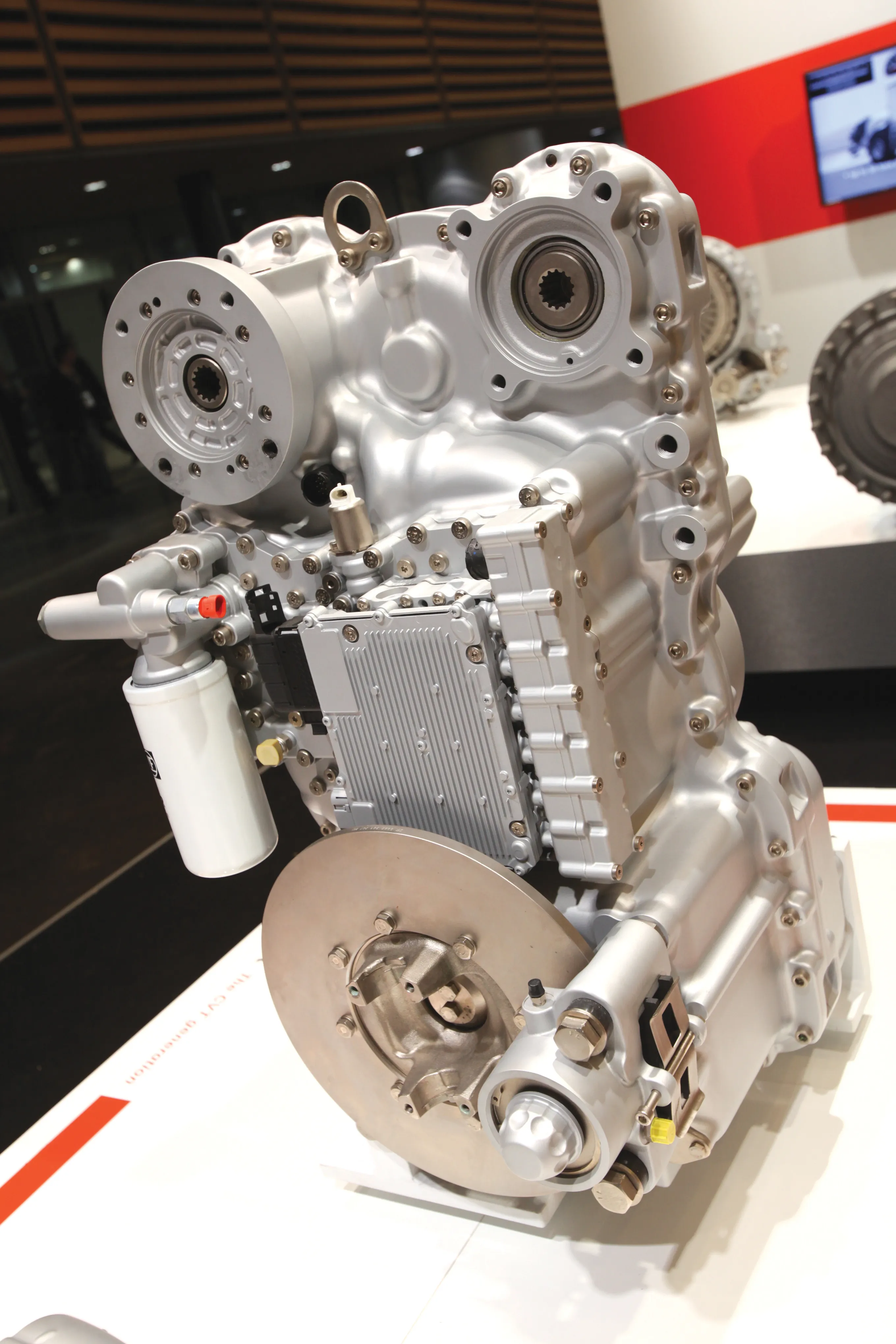
Smallest in the range is the Posi-Track RT-30 track loader, featuring efficient hydraulics and cooling systems and low ground pressure. Weighing just 3,600lb and only 48 inches wide, the RT-30 has an 8.4-foot lift height. Its compact size and 10 inches of ground clearance minimise risk of property damage or damage to the machine. The performance and design make the machine a more productive alternative to walk-behind and sit-on mini skid steer loaders, claims the company.
The RT-75 HD is a heavy-duty customisation of the company's standard RT-75 compact track loader. Targeted at forestry applications, the durability upgrade features include metal guarding against brush and debris around key areas - such as lights, the AC condenser and rear screen. The machine blows mulching debris out of the engine compartment screens with a hydraulically-driven, auto-reversing cooling fan. A full rear brush guard is also available as a factory-installed option. The machine works with standard attachments.
Including mulching heads, brush cutters, backhoes, buckets, snow blades and pallet forks.









